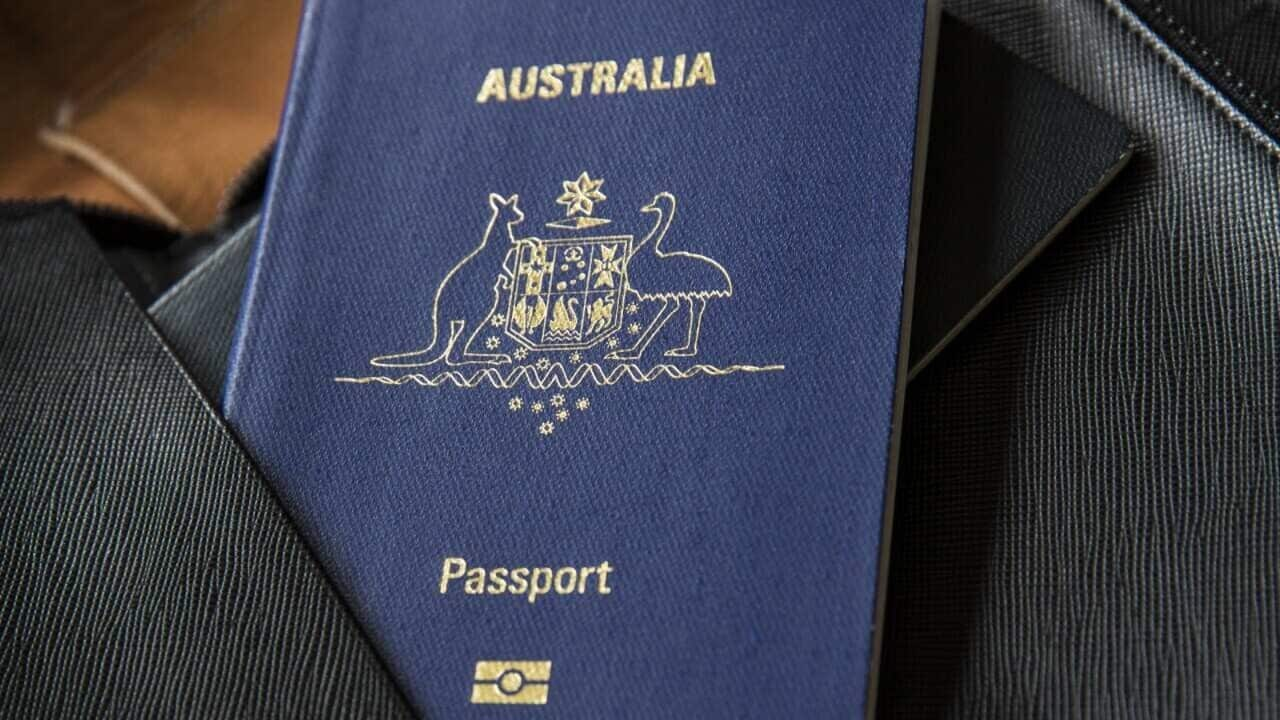The shift reflects changes in how different countries are positioned based on global visa access.
The Henley Passport Index ranks passports according to the number of destinations their holders can enter without a visa or with visa-on-arrival access.
Although only a dip, it shows how passport rankings can change as countries adjust their travel agreements and visa rules.
The biggest rises and falls
Australia now shares seventh place with five European nations: Czechia, Hungary, Malta and Poland.
Singapore tops the list, ahead of Japan and South Korea in equal second place. A host of countries occupy the third and fourth placings, while New Zealand is in fifth spot, along with Switzerland.
The most notable changes have been the United Kingdom and United States.
Both were once at the top of the index, with the UK ranking first in 2015 and the US in 2014.
Now, the UK sits in sixth place and the US has slipped to 10th, marking a continued downward trend for both countries.
The US is now close to falling out of the top 10 for the first time since the index began nearly 20 years ago.
Australia has dipped in the rankings and now sits with Malta, Czechia, Hungary and Poland. Source: SBS News
What this means for Australian travellers
For most people, the fall in ranking will not affect their everyday travel plans.
Australians are still able to enter a large number of countries without needing to arrange a visa ahead of time, however, the rankings are a reminder that visa policies can shift over time.
A widening global divide
While countries at the top of the index continue to enjoy broad travel freedom, those at the bottom face significant restrictions. The gap between the most and least mobile passports remains wide and reflects broader global inequalities in access and opportunity.
According to Henley & Partners chair Dr Christian H. Kaelin, global travel access has improved over the past two decades, but not everyone has benefited equally.
“The average number of destinations travellers are able to access visa-free has nearly doubled from 58 in 2006 to 111 in 2024, but this improvement has not been experienced equally.”







